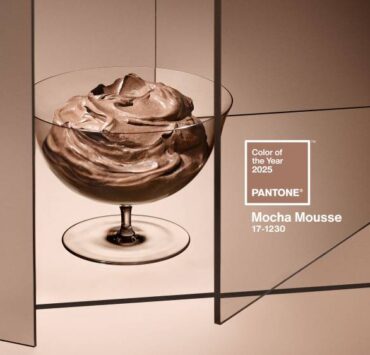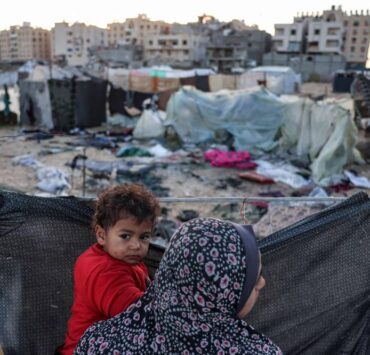Fusion of fashion and art in kinetic Cebu
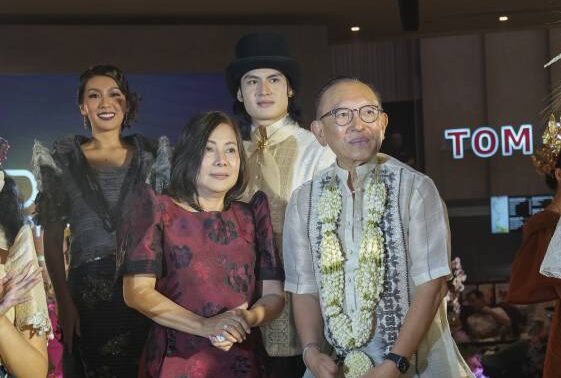
Cebu’s vibrant cultural scene was set ablaze recently with the unveiling of “Bisti,” a groundbreaking fashion show and visual arts exhibit at Nustar Resort and Casino. This unique collaboration between renowned Cebu-based fashion designer Philip Rodriguez and celebrated visual artist Jane Arrieta Ebarle offered a transformative exploration of Filipino heritage through the lens of fashion and art.
Titled after the Visayan word for garments, “Bisti” was more than just a showcase of creativity; it was a profound dialogue between two disciplines. The event combined Rodriguez’s mastery of traditional and modern Filipiniana attire with Ebarle’s signature hibla-inspired artistry, reimagining the nation’s cultural history for contemporary audiences.
Rodriguez, a name synonymous with elegance and innovation in Filipiniana fashion, curated a 22-piece collection that paid homage to the Philippines’ rich cultural tapestry. Drawing from Cebu’s historical role as a textile trading hub, he employed materials such as piña suksuk, organza, Thai silk, and Indian sari.
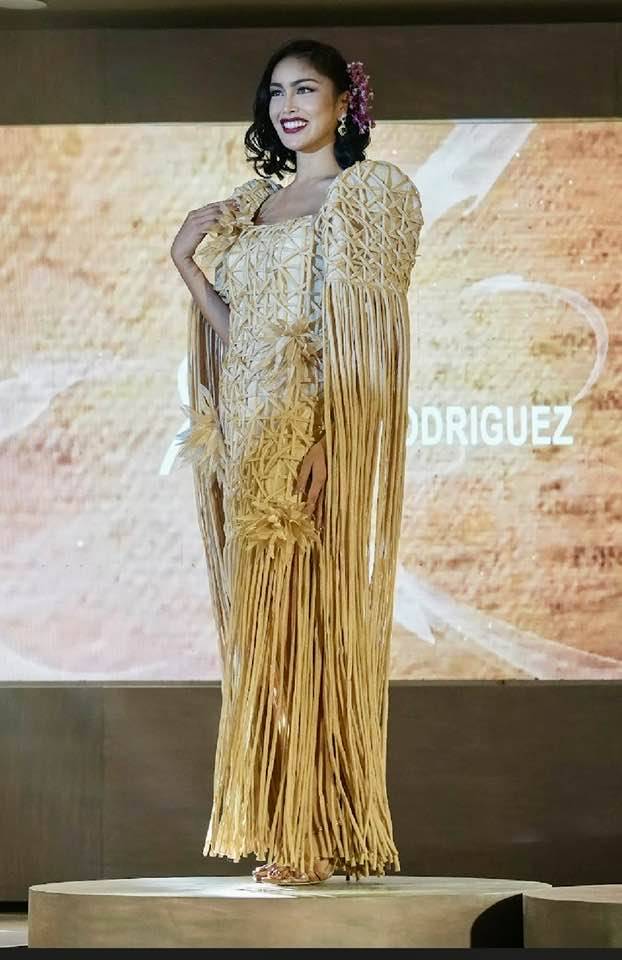
“Our Filipino collection marries traditional patterns and craftsmanship with modern sensibilities,” Rodriguez explained. Each ensemble—from baro’t saya and balintawak to Maria Clara dresses, kimona, and terno—was a testament to his vision of bridging historical influences with contemporary fashion preferences.
Rodriguez’s designs offered a fresh perspective on Filipiniana wear by making it versatile and relevant for modern lifestyles. Separates like the saya (skirt) and kimona (blouse) were tailored to pair seamlessly with contemporary pieces such as trousers or casual tops, enabling wearers to incorporate traditional elements into their everyday wardrobe.
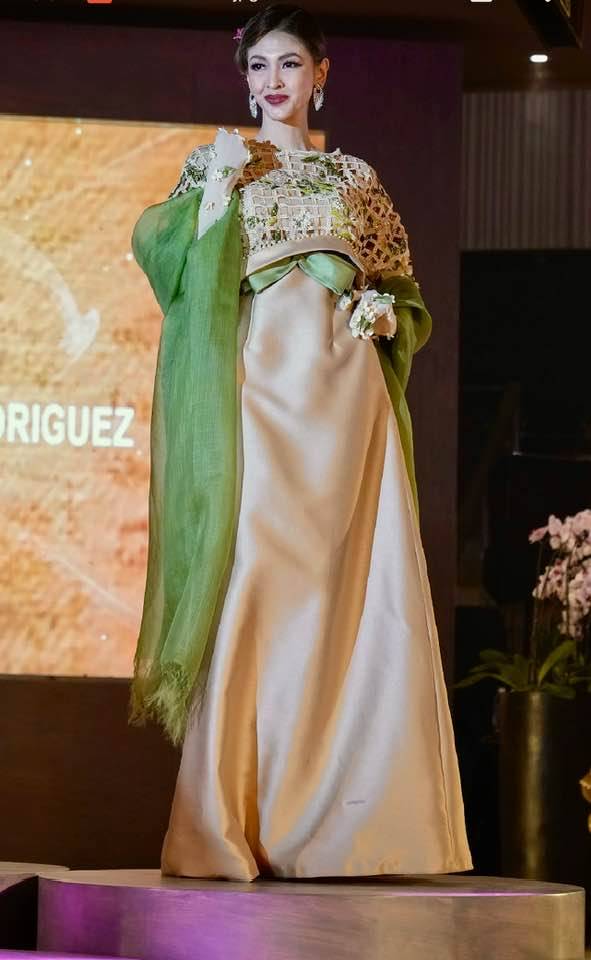
Exquisite paintings
Complementing Rodriguez’s fashion showcase were Ebarle’s exquisite paintings. Her pieces incorporated floral and naturalist motifs while also exploring three-dimensionality. In some works, she stitched together two canvases, creating the illusion of actual fabric. This interplay between texture and form resonated deeply with the layered aesthetic of Rodriguez’s collection, making “Bisti” a truly collaborative effort.
The highlight of the evening was undoubtedly Rodriguez’s fashion show. Models graced the runway in garments that fused colonial-inspired silhouettes with bold contemporary elements. The designs’ geometric symmetry and abstract constructions were enhanced by floral appliqués, intricate embroidery, and the callado technique, elevating each piece into a wearable work of art.
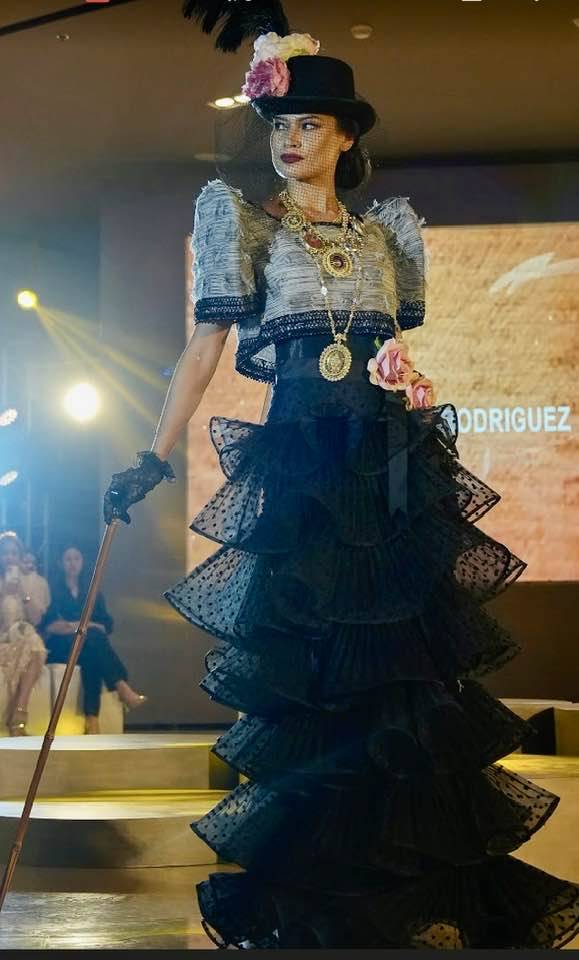
Among the standout designs:
Doña Victorina look: Inspired by the character in “Noli Me Tangere,” this two-piece ensemble featured a degrained piña cropped top and a high-waisted, multitiered point de esprit skirt, accented with multi-strand Philippine filigree tamburin necklaces.
Maria Clara: A modern rendition in piña callado paired with striped Thai silk, delicately accented with floral and butterfly appliqués bordered by Chantilly lace.
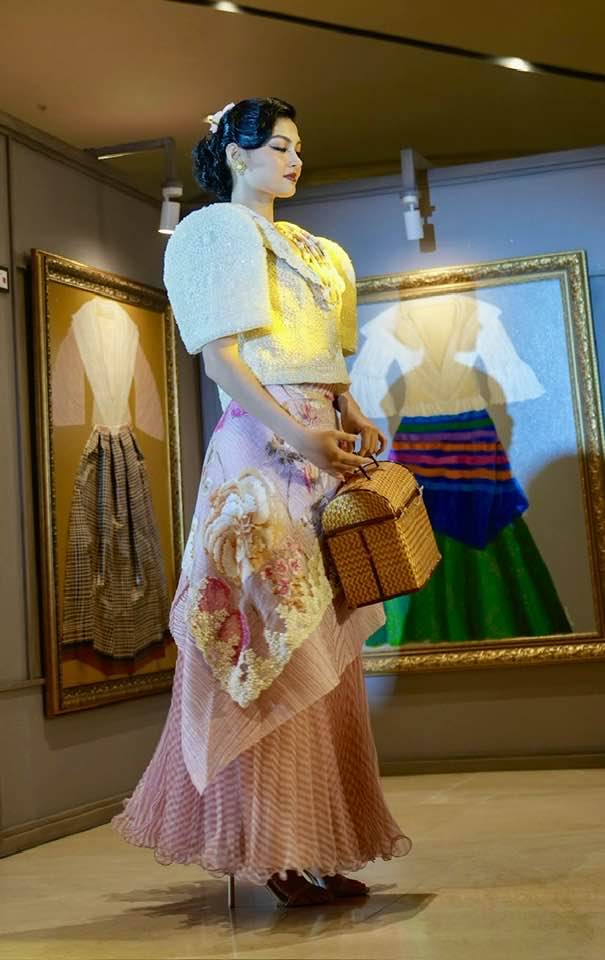
Philippine Carnival Queen: A traje de mestiza in copper and gold, showcasing a banig-style woven bodice and a sari-inspired tapis, adorned with hand-painted Thai silk, filigree jewelry, and a stylized headdress.
Balintawak: A playful tangerine piña puro overlay on vintage floral shantung silk, accessorized with handmade flower corsages.
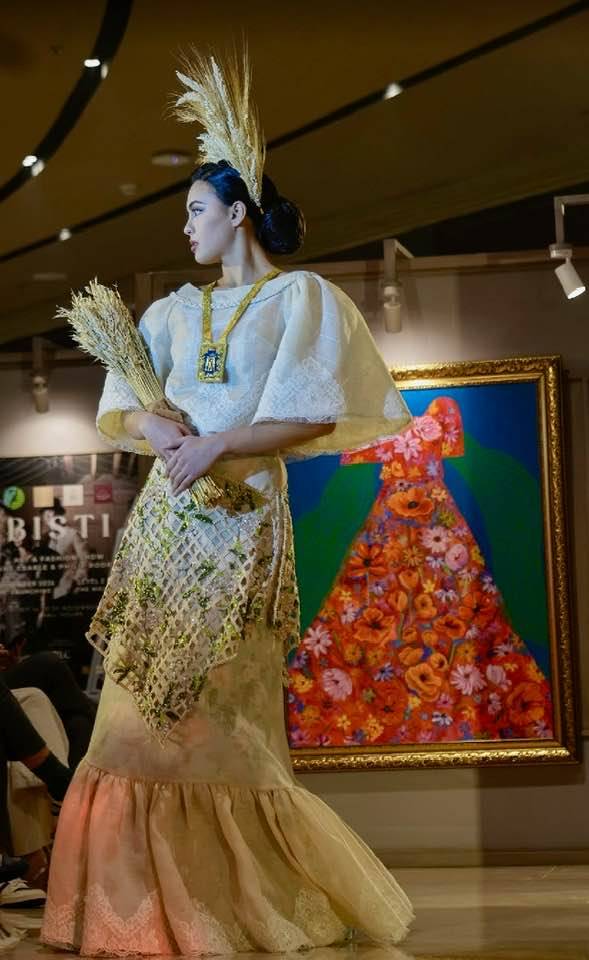
Kimona today: Featuring lattice-like lace with floral highlights and a cropped cut, this look was elevated with an avocado-colored piña seda shawl, opera gloves, and dangling diamond earrings.
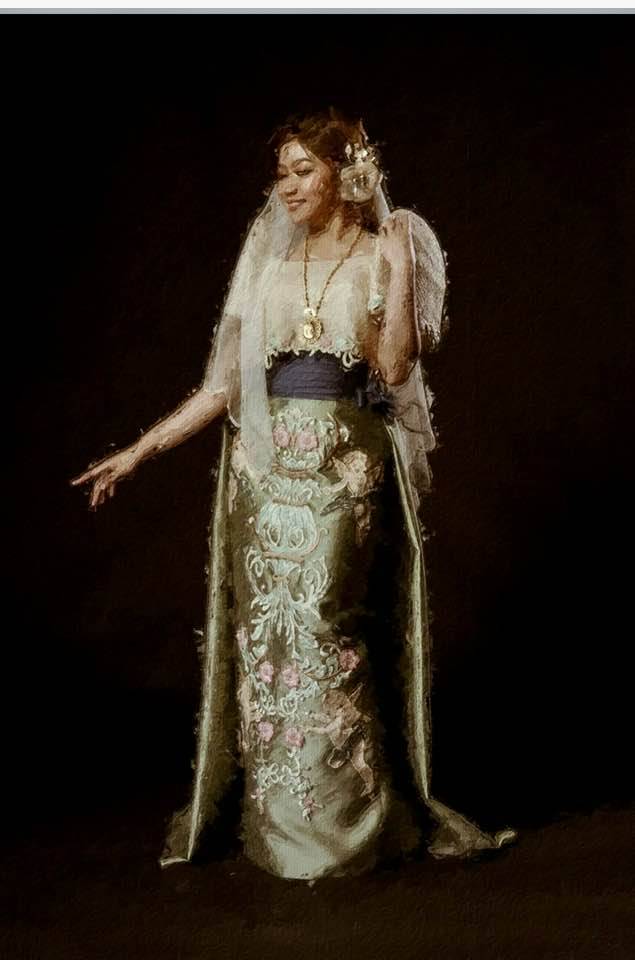
Beata: Evoking colonial devotion, this ensemble included a piña callado cropped top, a teal cummerbund, and a sage Thai silk double skirt with cherubim embroidery inspired by Boljoon church frescoes.
La Juventud Filipina: A youthful ensemble of yellow ruffled tulle in a high-low skirt, paired with cadeneta-embroidered cotton organdy.
Basket-weave terno: Highlighting Filipino craftsmanship, this organdy terno featured basket weave detailing with banana blossom accents.
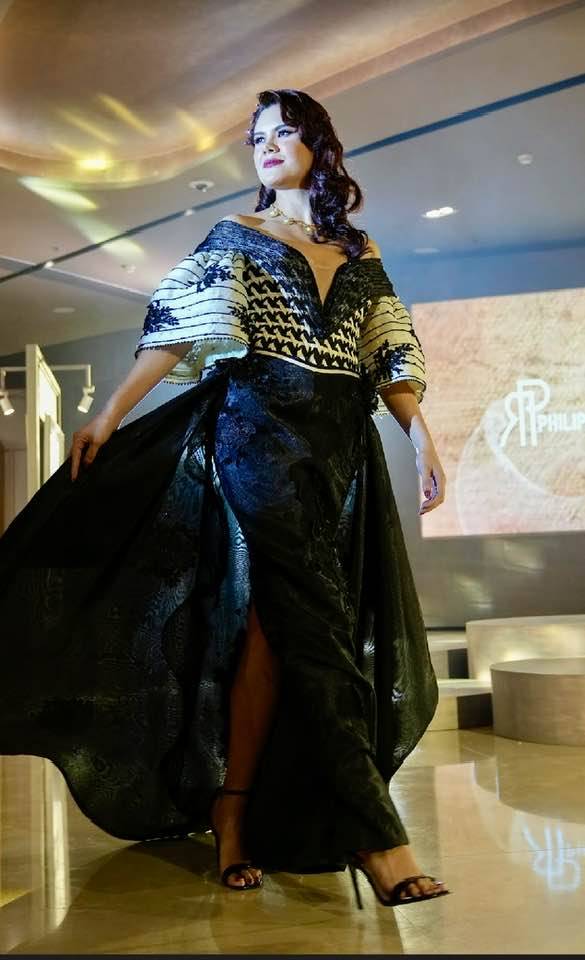
The finale look, inspired by the Visayan song “Langit sa Yuta,” featured a degrained piña top with Chantilly lace borders, mixed prints on a tapis in gray and gold streaks, and a piña cotton charcoal gray pleated skirt, accented with tamburin filigree jewelry.
Cultural epicenter
Nustar Resort and Casino, the venue for “Bisti,” proved to be an ideal setting for this cultural extravaganza. The integrated resort has quickly established itself as a premier destination for art, fashion, and lifestyle events. Its high-end mall, featuring luxury fashion brands such as Louis Vuitton, Gucci, and Dior, provided a fitting backdrop for a show celebrating Filipino craftsmanship.
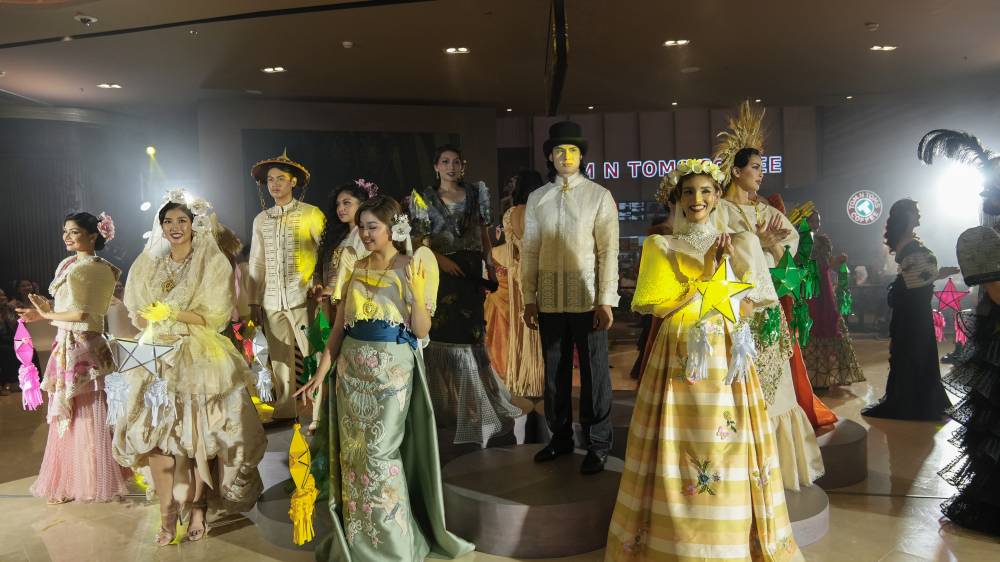
“Bisti” was more than a fashion show—it was a call to action for Filipinos to rediscover and embrace their cultural heritage. Rodriguez’s work, deeply rooted in tradition yet forward-looking, aligns with his mission to make Filipiniana attire a sustainable part of everyday Filipino life.
“The legacy of the Philippine dress is revitalized, making it sustainable for our everyday lives or OOTD (outfit of the day),” he said.
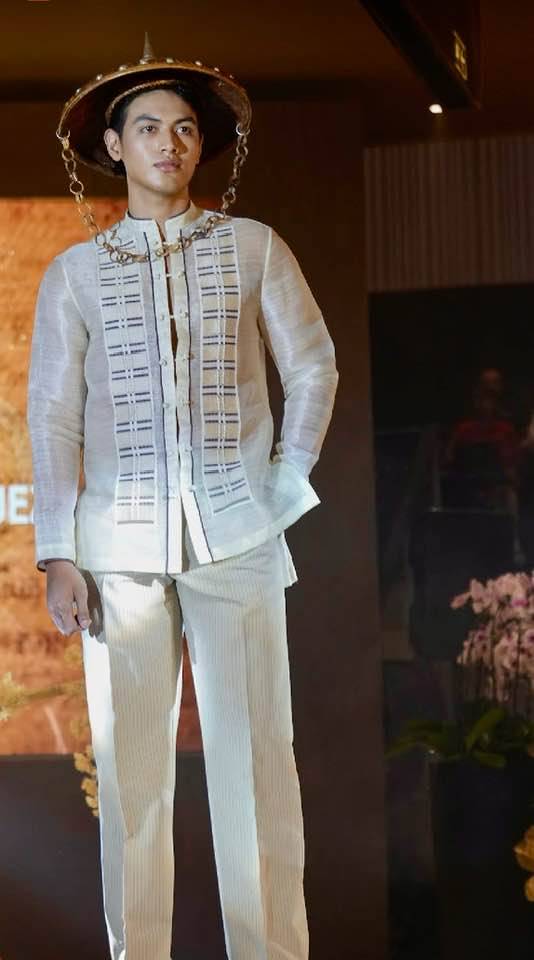
Events like “Bisti” and Rodriguez’s participation in the Ternocon—the prestigious Filipiniana fashion showcase organized by the Cultural Center of the Philippines and Bench—serve to elevate Filipino wear beyond special occasions, inspiring national pride and a renewed appreciation for traditional craftsmanship.
“Bisti” stands as a testament to the power of collaboration and the enduring relevance of Filipino artistry. By merging the worlds of fashion and visual arts, Rodriguez and Ebarle have not only celebrated heritage but also paved the way for its evolution in modern times. As audiences departed Nustar that evening, they carried with them a deeper appreciation for the beauty and richness of Filipino culture, proving that tradition and innovation can indeed go hand in hand.














